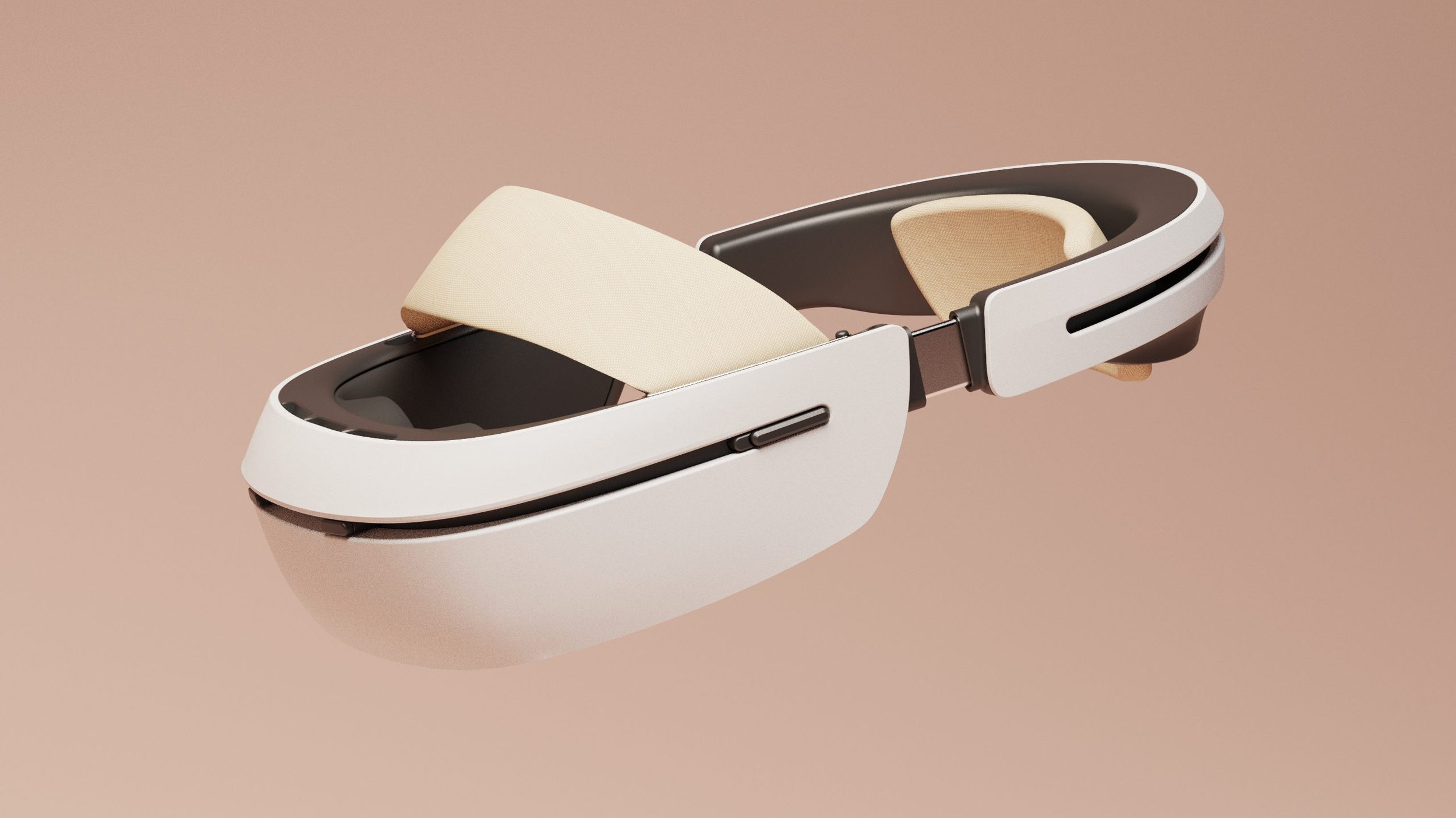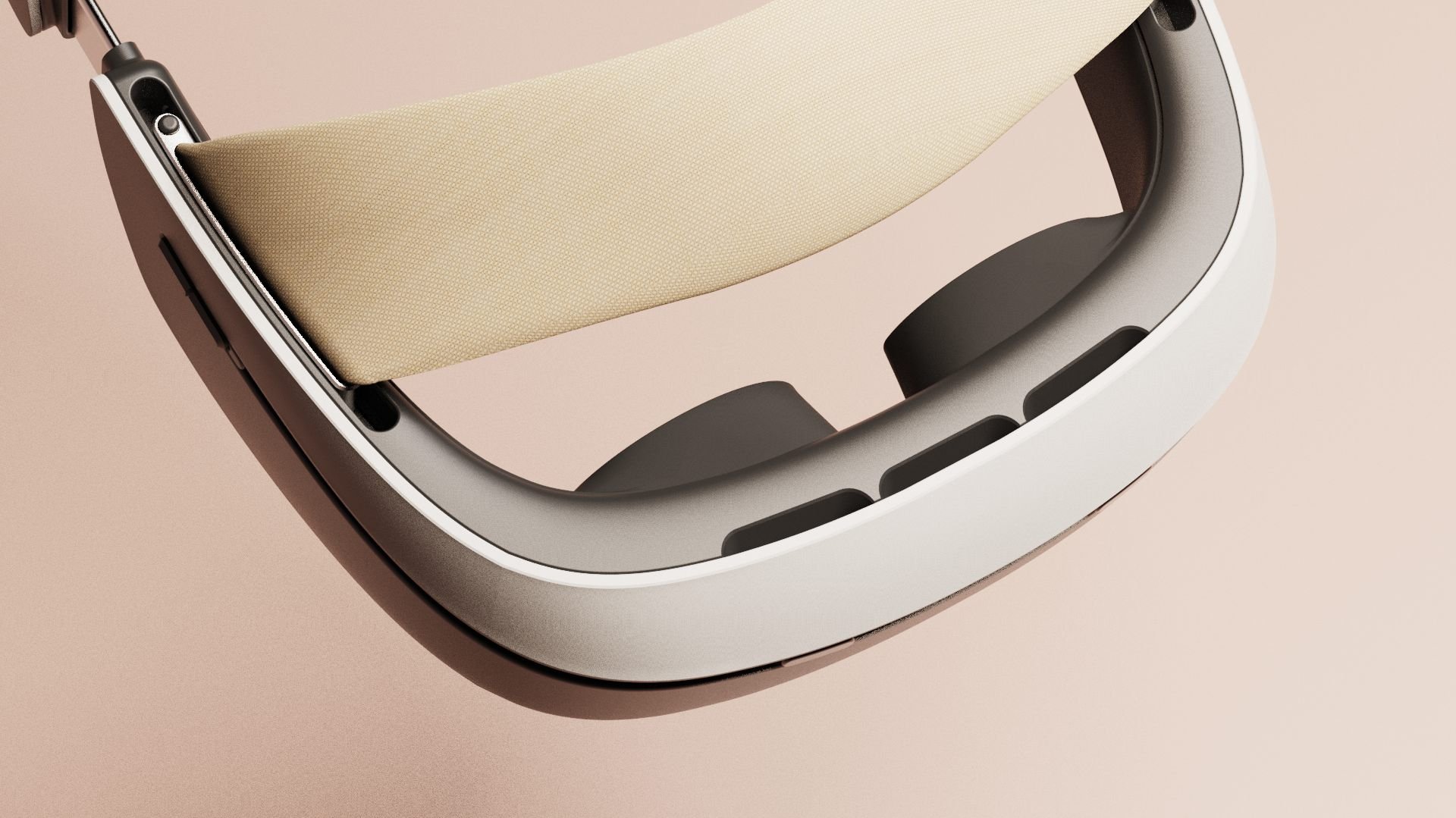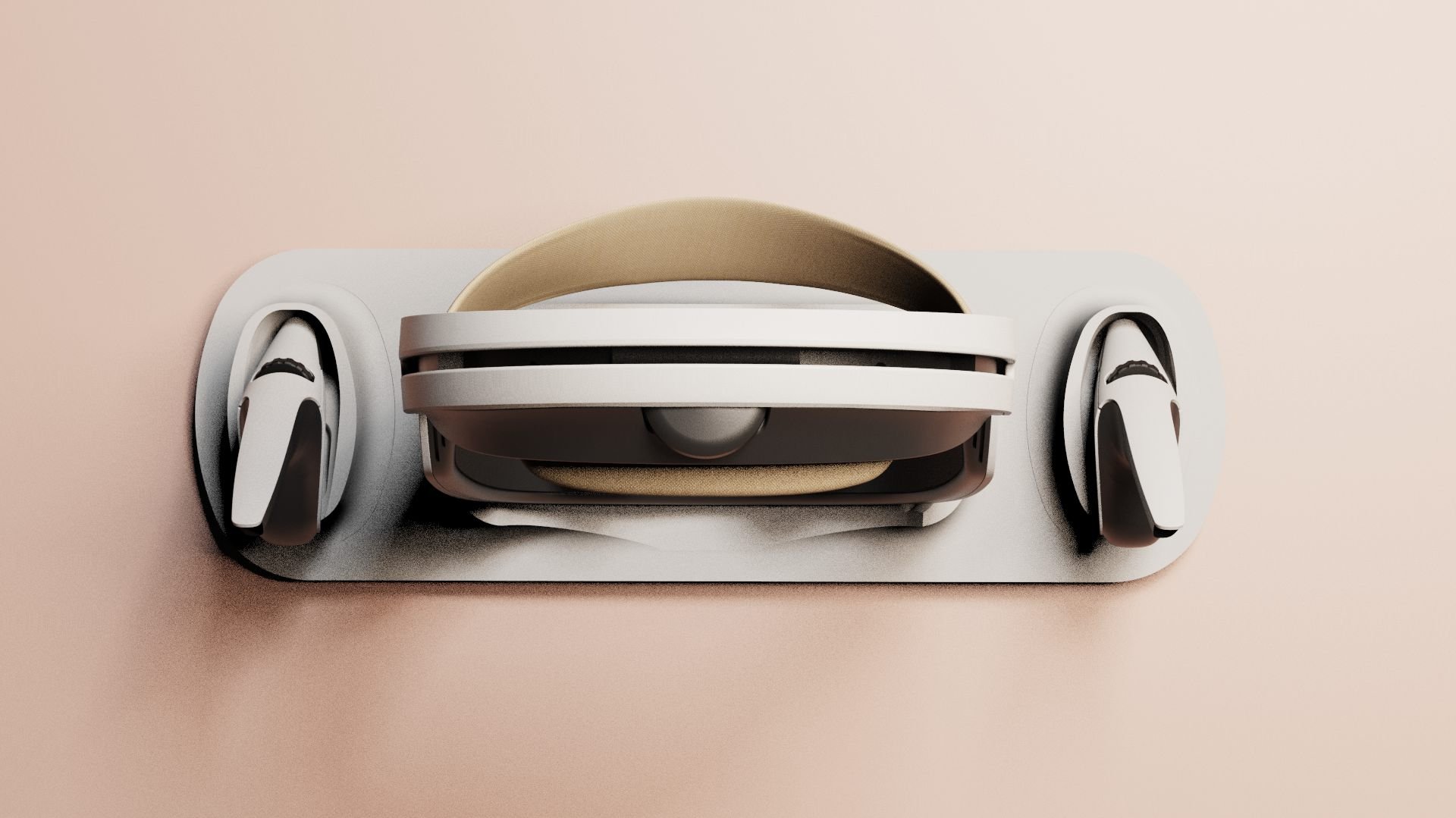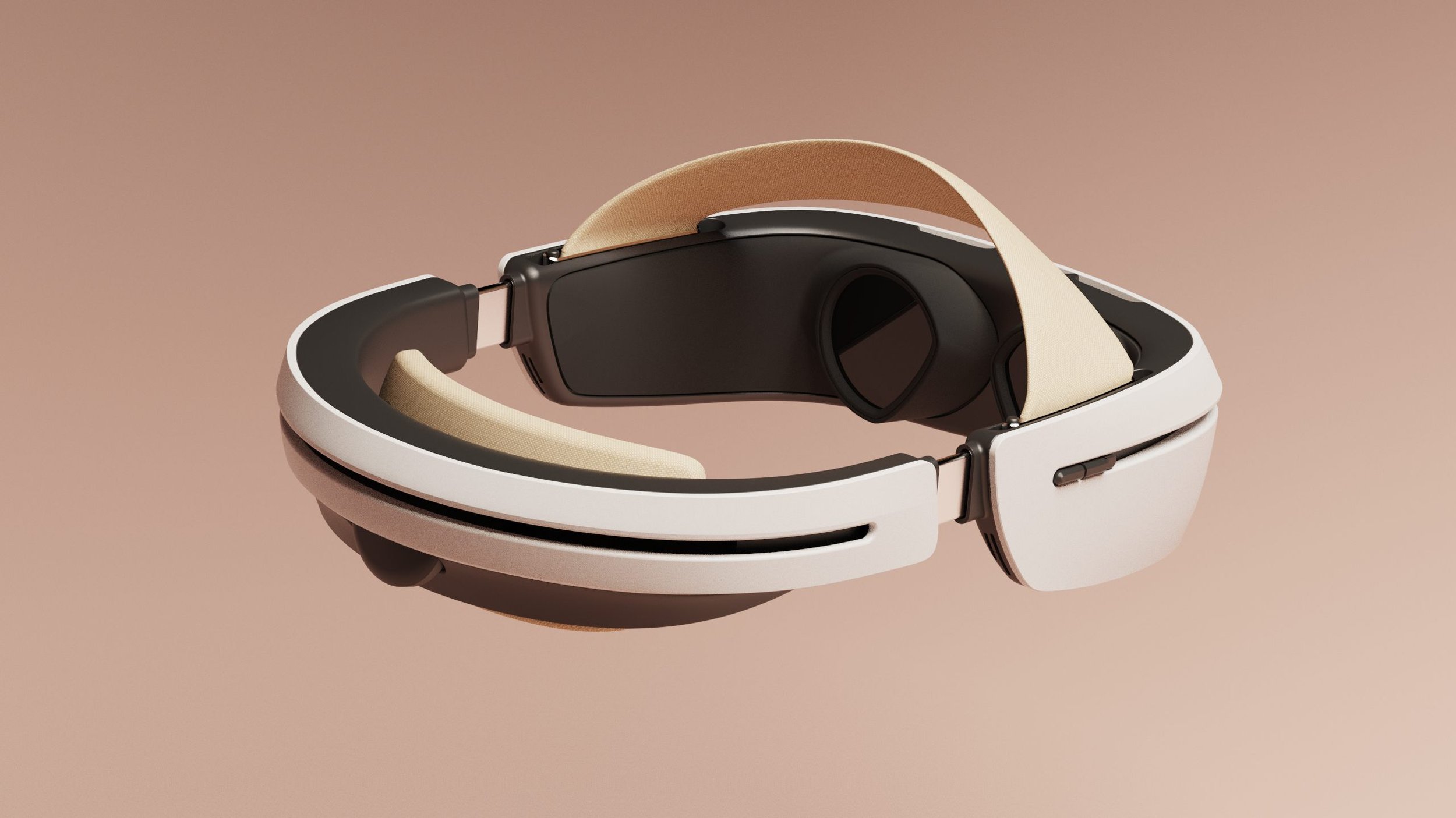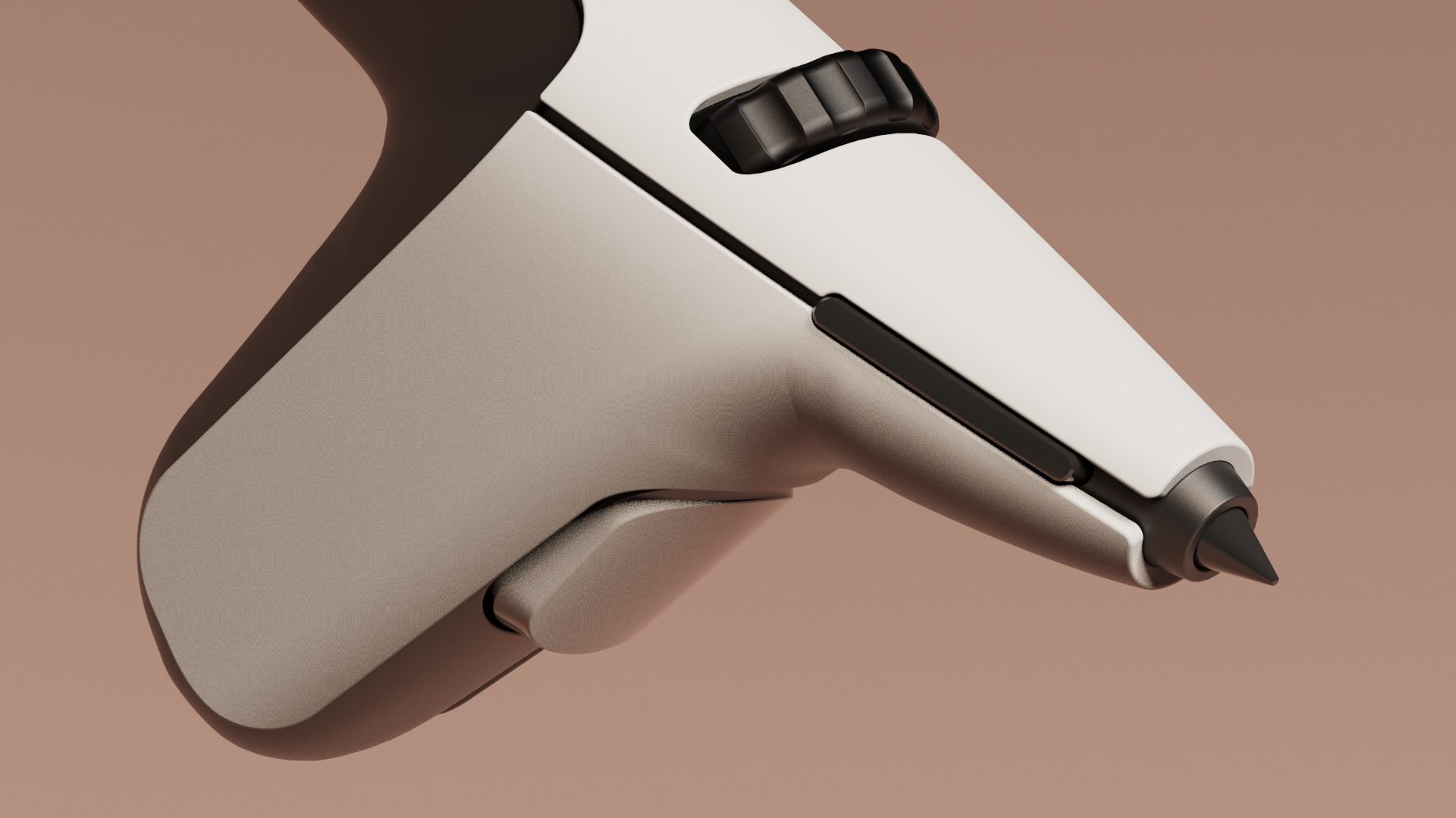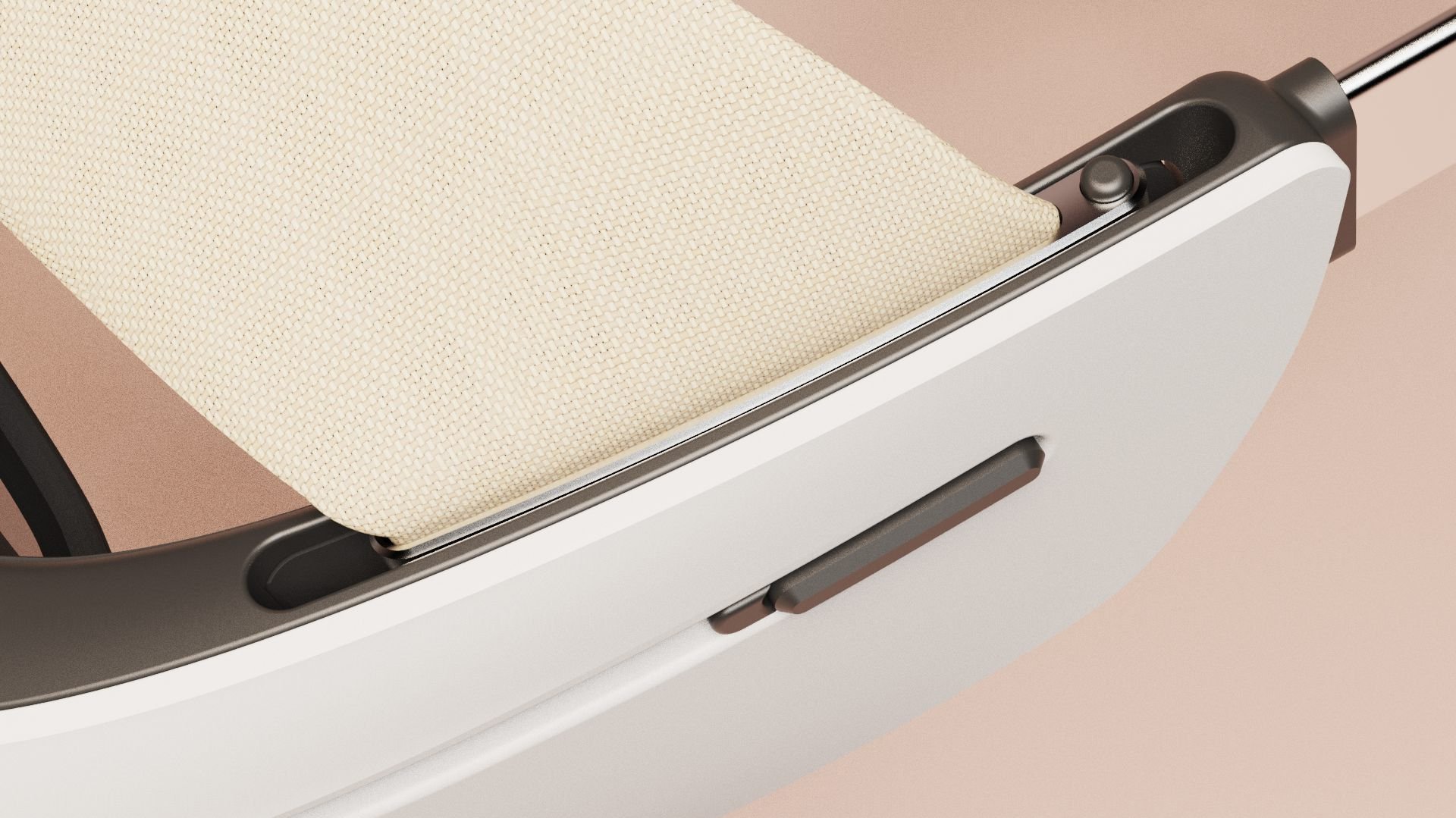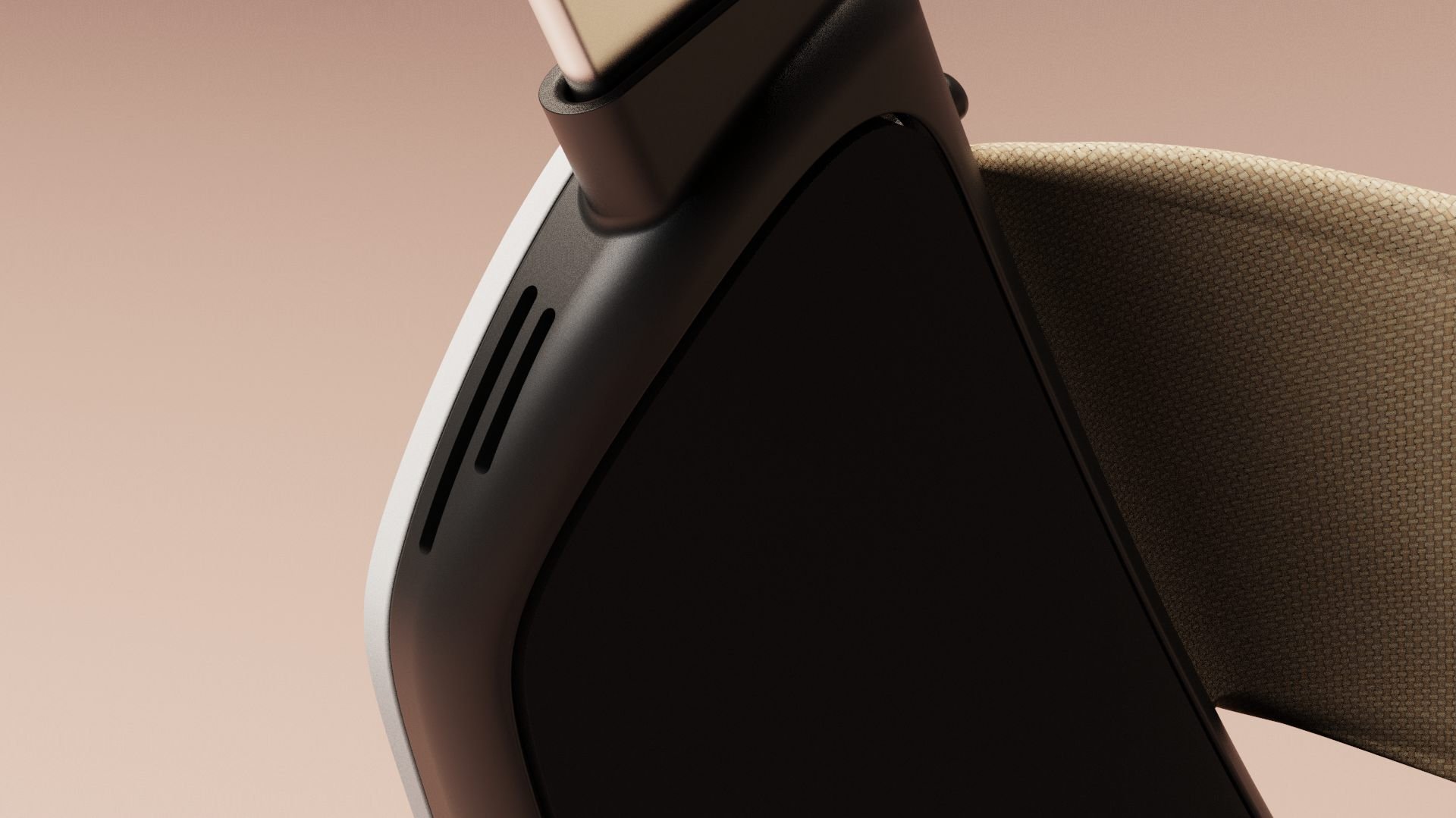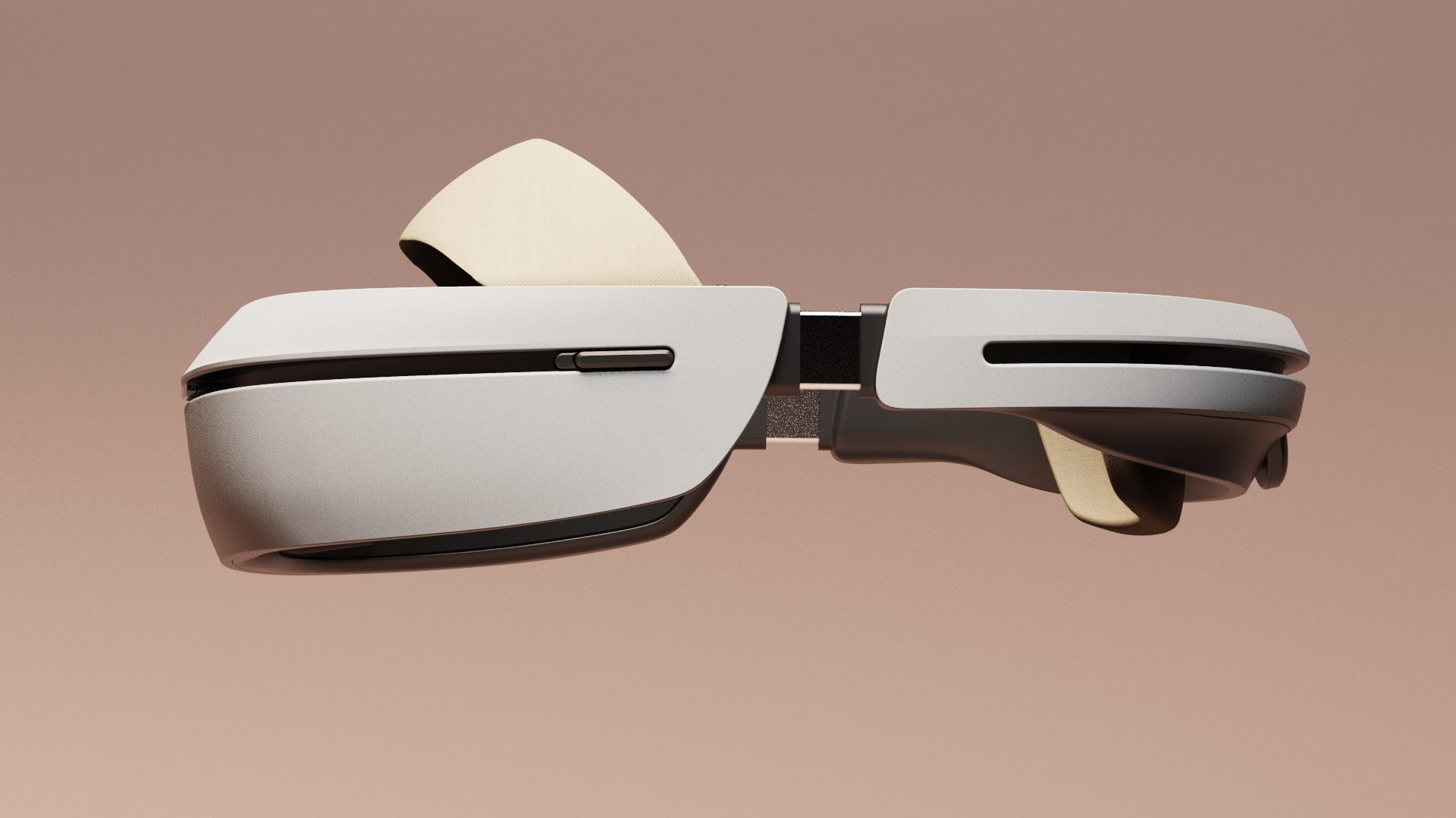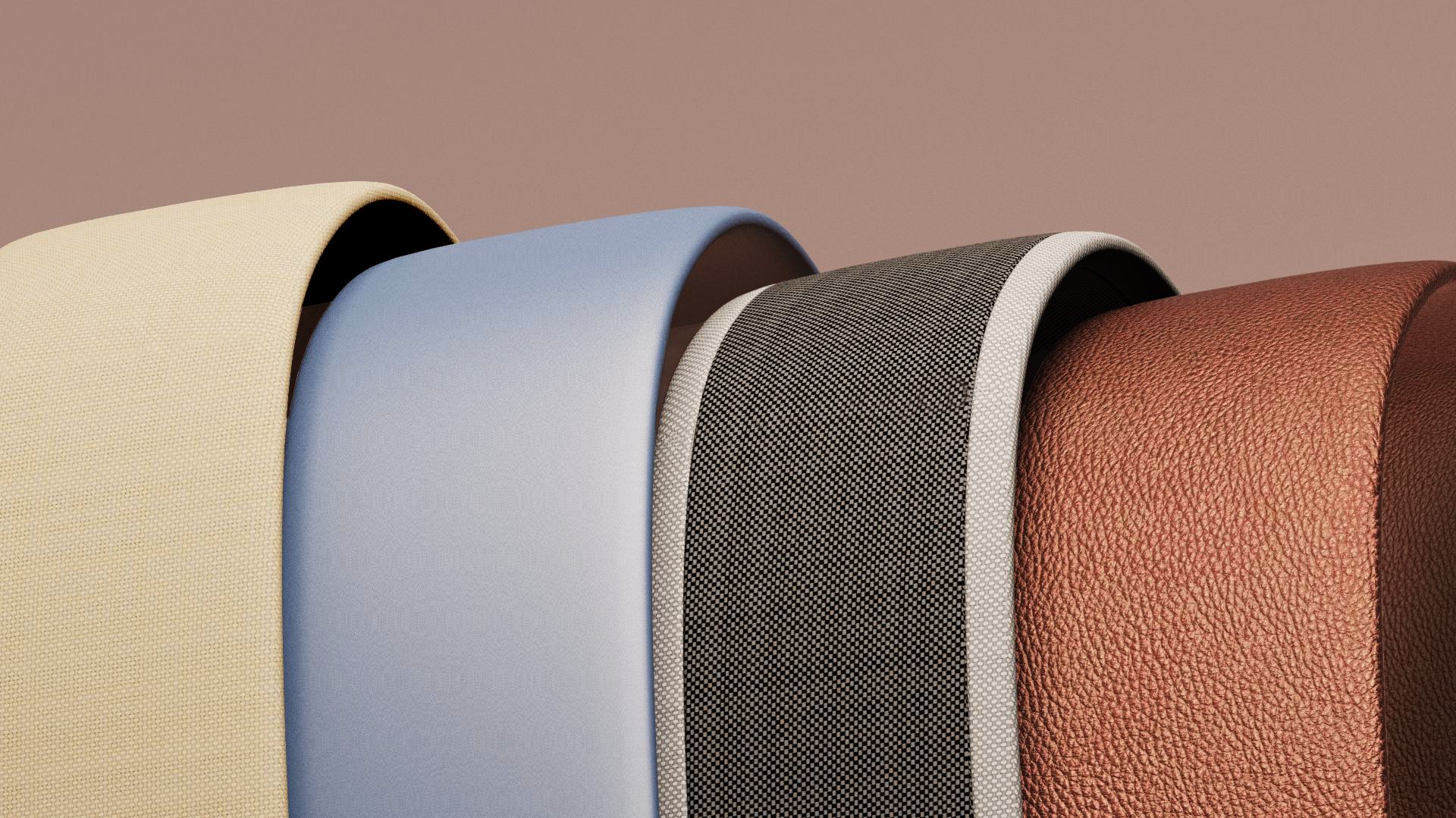Fluid VR - for Creatives.
Fluid is a VR-headset for creative power-users. With superior comfort and enhanced usability, it empowers designers to work efficiently in virtual 3D environments.
“A VR-system with superior comfort, optimised controllers and a smart charging dock.”
Headset
Comfort first headset can be worn for long durations.
Controllers
Inspired by pens, the controllers mimic natural gestures.
Charging Dock
Space efficient docking creates an efficient workflow.
Comfort first.
With an improved architecture and perfect weight balance, the headset can be used for long periods of time without discomfort.
Optimised workflow.
An easy to use dock makes it a breeze to take the headset on and off, ensures its always charged, and lowers the threshold for use.
Welcoming CMF.
Soft forms and materials create a less intimidating product for new and seasoned users.
“VR is more than just a hype..”
Leveraging designers’ ability to learn new tools, and the benefits of working spatially, VR folds into the future of work enabling design collaboration, remote work, and a new way to ideate and express form.
Key Opportunities
A Growth in Spatial Computing
VR is an opportunity for designers and architects to work spatially, to rapidly ideate at scale, collaborate and review work - both in-person and remotely.
Enabling Creation in VR
Headsets are often geared towards consumption of media - namely gaming or entertainment. Flow focuses on creation, and aims to lower the threshold of use for VR in the creative process.
Increased Adoption of VR
More powerful and untethered VR headsets, in addition to a few key players pushing the industry has created a hype amongst potential users and software developers making VR more viable then ever.
Features
Disguised sensors.
Adjustable fit.
Interchangeable bands.
Variations in size and color.
Induction Charging Dock.
Always ready to go.
Peripheral Vision.
Stay present in the room.
Fine-tunable band.
Easily adjustable band.
Balanced.
For long term comfort.
Solid State buttons.
For enhanced precision.
Form Studies & Development
Architecture
Technological advances aside, it was clear from observation in educational settings that the existing VR-architecture had to be challenged, most notably concerning comfort, isolation, multitasking, the threshold for use and its controllers.
Current VR Limitations
Lack in Comfort
Comfort is a huge factor limiting immersiveness. Pressure on the head, bad optics and vertigo can be distracting.
Highly Isolating
In addition to being an element of discomfort, isolation can cause mental fatigue and prevent social interaction while using VR.
Poor Multitasking
Enabling VR to work with an existing workflow can help help uses get into flow and increase efficiency.
High Threshold of Use
With lack of seamlessness in use, including difficulties taking it on and off and charging, VR’s opportunity is greatly reduced.
Benchmarking
Entering and exiting VR were compared with the best-in-class headsets on the market, and improved upon.
Testing and Detailing
CAD Development
Proportion
Proportions and overall form was developed in Gravity Sketch, and were the basis for various 3D-prints.
Surfacing
The final model was imported into Rhino3D to evaluate and repair surfaces where necessary.
Detailing
Finally, all fine detailing for rendering, 3D-printing and model-making was done in Fusion 360.






















